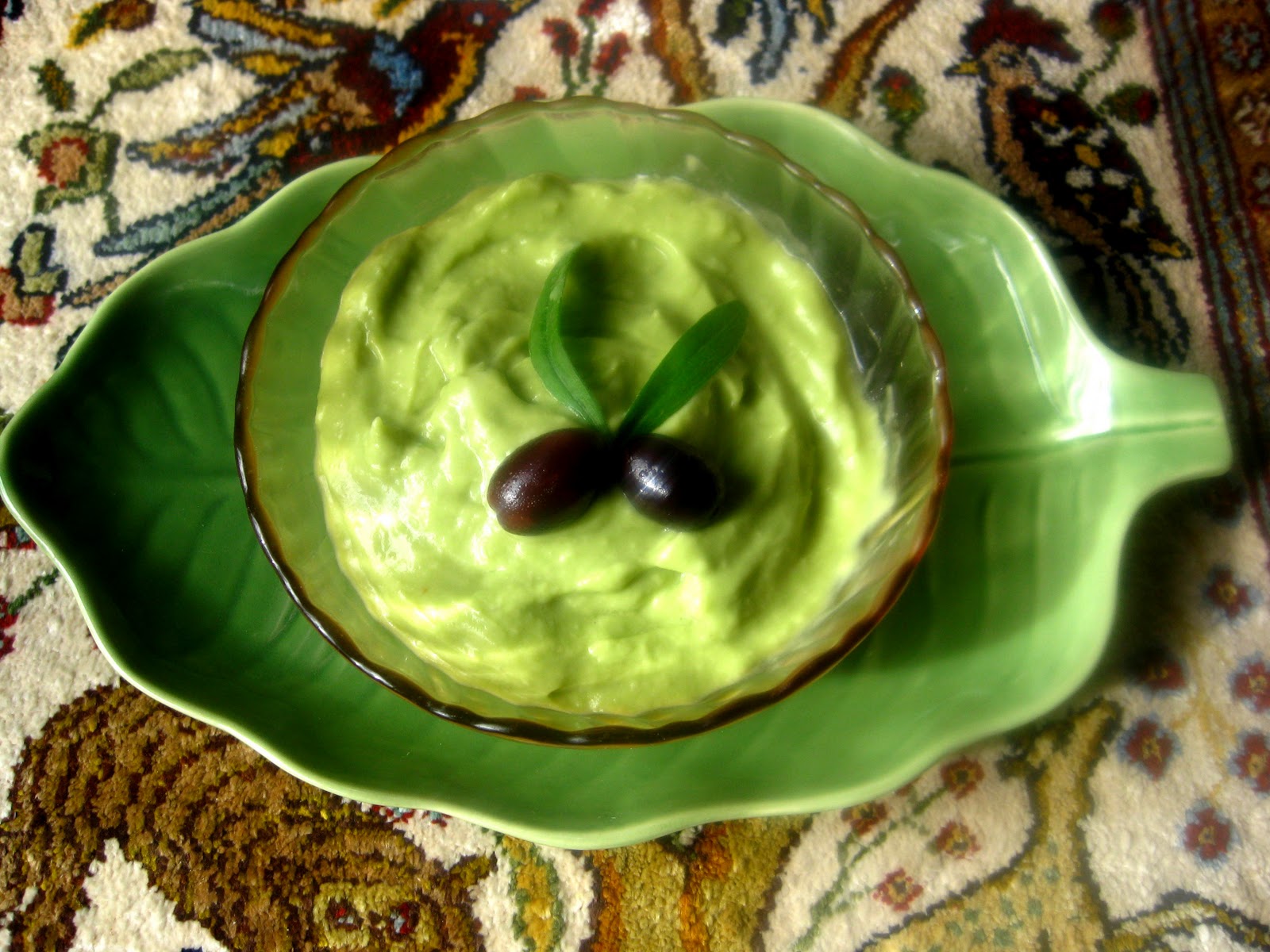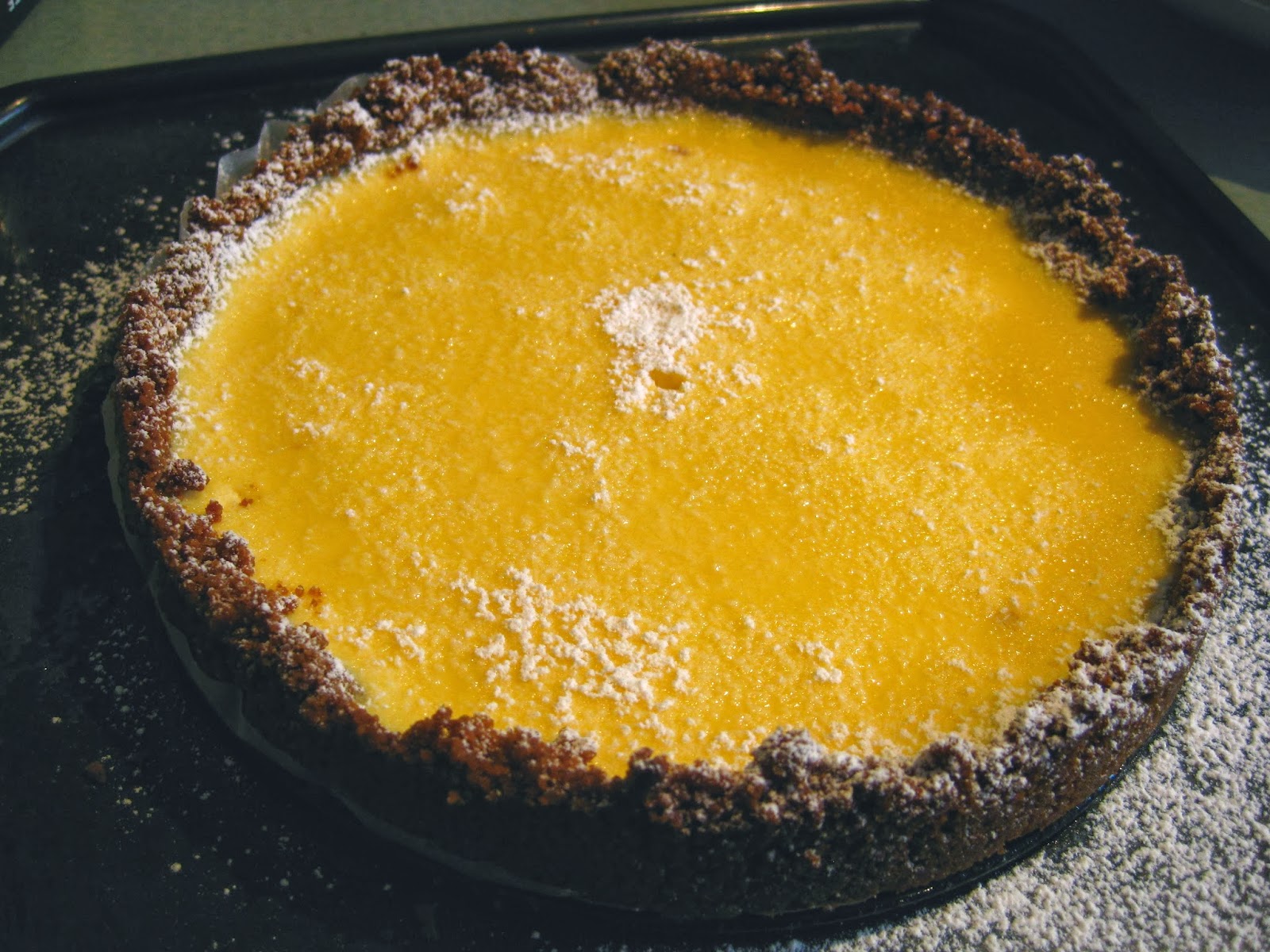My smartest move was at the butcher's the day before - they weren't busy when I got there, so I asked them to skin and score it for me. What would have taken me half an hour and lots of swearing took them two minutes. I took lots of advice about glazing and warming the ham (it's already cooked, of course), and settled for a simple but delicious glaze of quince jelly (made by friends) with a dash of Dijon mustard. Not very good photos though - blame it on the champagne...
With it there were boiled Jersey Benne potatoes, roast kumara with chili dressing, and a trio of vegetable salads, which were partly trad and partly invented: a green one, a ruby one, and a red, orange and yellow one.
The green one had to be made mostly on the day: ribboned courgettes and spring onions (from the Hill St market) with chunks of avocado, lightly cooked skinny asparagus, finely chopped mint, and a sharp lemon and avocado oil dressing. The courgettes and mint went into the dressing a couple of hours before serving, and the rest was added just before we sat down. The pretty lettuce serving as a frilly surround is my Drunken Woman Fringed Head.
For the ruby one, inspired by my neighbour, I roasted very small whole tinned beetroot, drained and cut in half if they were a bit bigger, with lemon zest, finely chopped garlic, brown sugar and balsamic vinegar, first wrapping them in foil lined with baking paper, and cooking for 30-40 minutes at 180C. (Of course you could make this with fresh beetroot, but it would take much longer and it's hard to get very small ones. Roasting the tinned ones this way changes their flavour.)
On the day, I combined finely chopped red onion (soaked briefly in salted warm water to make it milder) with finely sliced radishes. I added the beetroot just before serving, with a dressing made of good olive oil and a superb blackcurrant and balsamic reduction, sent for Christmas by my sister. Then I mixed in pomegranate seeds - such beautiful, ancient things, and I hadn't used them since I lived in Albania. I topped it off with a scattering of borage flowers offered by two of my guests.
The last salad was based on the recipe for "Insalata di peperoni arrostiti" in Antonio Carluccio's Invitation to Italian Cooking. He says it "improves with standing, and is excellent eaten the next day", so I could make it on the 24th.
Roasted pepper salad
4 fleshy yellow and red peppers (I added an orange one too, and slightly increased the dressing quantities)
Halve or third the peppers, removing the seeds and white inside bits, and grill them skin side up, spread out on a grill pan, or skin side down on a barbecue if you're having one, until the skins go wrinkly and blacken in places. (You can also blister them individually over a gas flame, but this mass cooking is much faster - only they do need careful checking to make sure they aren't getting too charred, and you'll need to move them around a bit to get even coverage.)
Put the peppers into a plaastic bag or bags, twist the neck, and leave till cool. Then peel or scrape off the skins with a sharp knife. Slice the peppers into thin strips (no more than 1cm wide).
2 cloves garlic, coarsely chopped
3 Tbs good virgin olive oil
1 Tbs parsley, coarsely chopped
salt
Place the pepper strips in a serving dish and toss with the garlic. Dress with the oil, parsley and salt.
Leave until needed (preferably overnight). Check seasoning before serving.
I wanted to get tomatoes in somewhere, so I added halved baby oval tomatoes at the last minute.
Two of these salads, and the kumara, were slightly sweet or sweet/sour, and the green one had lovely fresh flavours. They were all very good with the ham.
The other four courses - starters, cheese, dessert, afters - were supplied by my guests. The black forest trifle had to have its photo taken before the spoons went in.














.jpg)

































